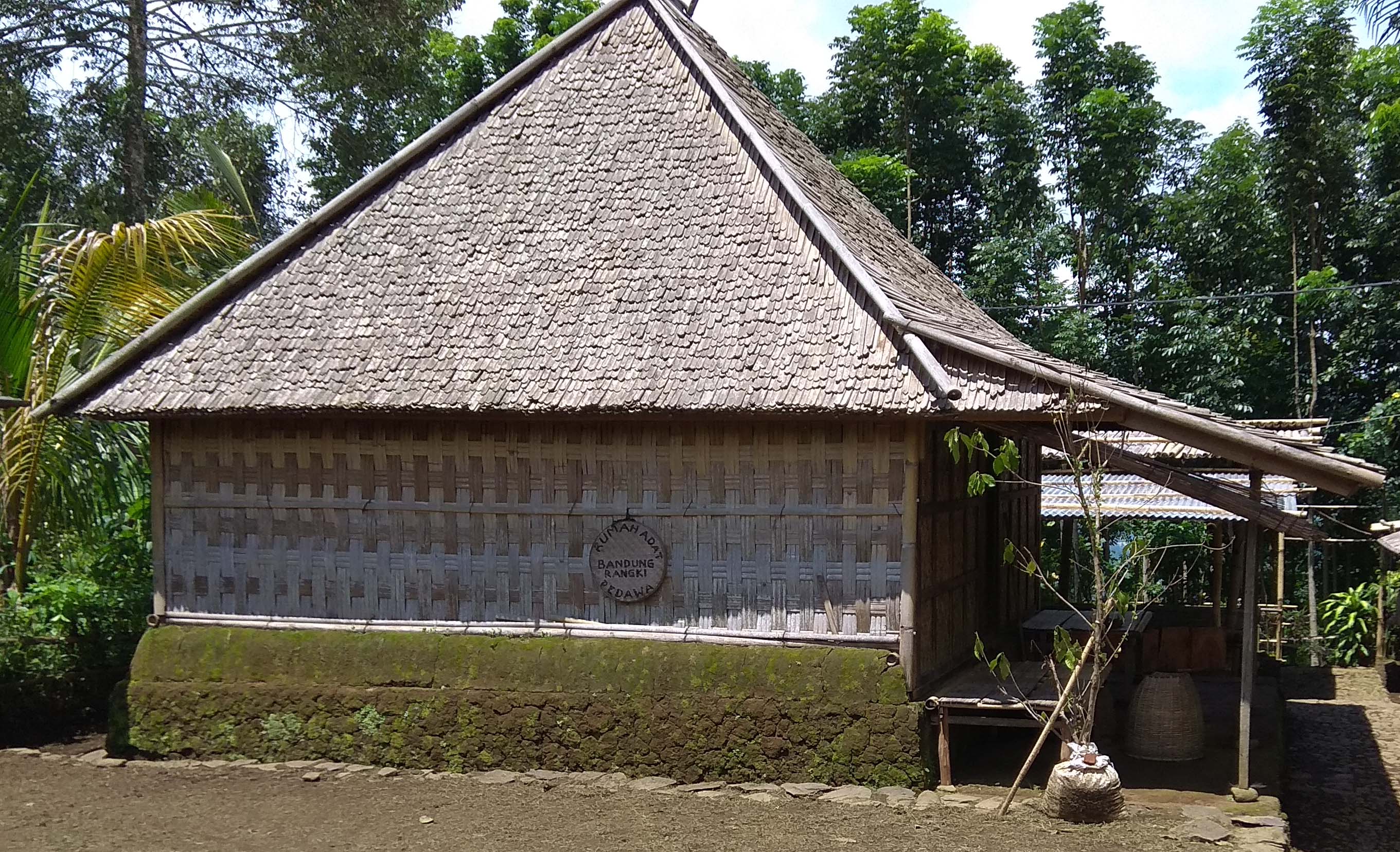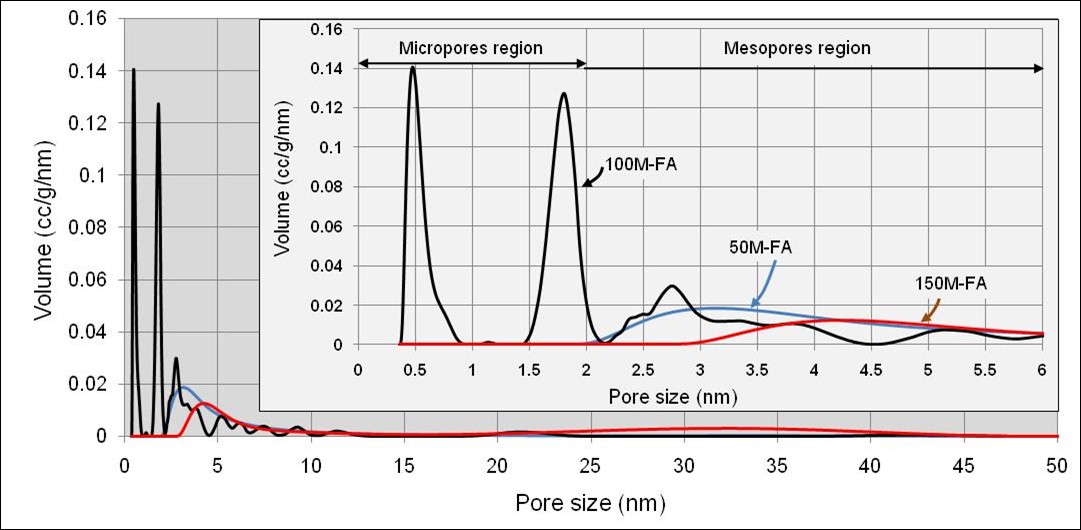ENVIRONMENT AND LOCAL RABBIT PRODUCTIVITY
25/06/2020 Views : 1046
I MADE NURIYASA
ENVIRONMENT AND LOCAL RABBIT
PRODUCTIVITY
I Made Nuriyasa
Faculty of Animal Science, Udayana University
Rabbit care is a great opportunity
in the nutritional needs of the community because rabbits have several
advantages including: (1) producing high-quality meat, (2) can utilize
agricultural waste and kitchen waste as feed ingredients, (3) in addition to
the main products in the form of meat, byproducts (skin and feathers, head, legs,
tail, urine and feces can be used for various purposes (Bivin and King 1995). Kartadisastra (2011) states that rabbits have
calping intervals of 4 - 6 times a year with a number of 4-12 buny per birth.
According to Lick and Hung (2008) rabbits have higher efficiency in the use of
rations than ruminants such as cows and rabbits can use forage feed which
cattle do not like. The USDA (2009) states that rabbit meat contains protein
(20.8%) higher than epilepsy (20%), beef (16.3%) and pork (11.9%).
Rabbits, including homeotherm
animals, will always maintain a constant body temperature (a narrow range) even
though the environment has changed to a fairly extreme range. As a consequence,
rabbit rare in tropical lowland areas will lead to an adaptation process. Adaptation causes energy for maintenance to
increase, thereby reducing the efficiency of ration use. One solution that can
minimize the negative influence of temperature factors higher than the optimum
temperature requirement is to make a cage by modifying the natural environment
conditions of rabbits. Underground shelter cage is a cage with a dirt floor and
made a shelter cave, as shown in Figure 1.

Figure
1. Underground Shelter Cage
Under
ground shelter cage is a cage with a ground level as a cage floor which is
equipped with a shelter hole (Suc, 1996). Ground floor cages are mostly the
choice of small-scale farmers in arid (arid) areas such as the California
desert (McNitt et al., 1996). Other types of cages, can use the ground surface
as the base of the cage or the ground surface is dug so that it resembles a
well known as the tunnel system (Lukefahr and Ruiz-Feria, 2003). Rabbits are
non-ruminant herbivores, which means that non-ruminant livestock such as
chickens and pigs, but rabbits have features that can digest crude fiber
plants. This is because rabbits have large cecum and colon as a place to
ferment food from forage (grass and legume), as in Figure 2.

Figure 2.
Rabbit Cecum
Besides
this, rabbits also have the ability to do capropagi, which is to eat back the
dirty (soft feces). Capropagi activities are carried out at night. In the
process of capropagi, proteins, minerals and vitamins that have not been
absorbed in the small intestine will be absorbed in the cecum and colon. The
capropagic process is carried out by young rabbits starting from 17 days old
cattle. Rabbits will learn to lick their own feet in order to get microbes that
will remain in the cecum and colon. Rabbit
food should contain balanced energy and protein to support maximum growth. Feed
with unbalanced energy and protein content causes low feed efficiency
(Xiangmei, 2008). Nuriyasa et al (2015) stated that local rabbits require 2600
kcal / kg metabolic energy and 16% crude protein.
BIBLIOGRAPHY
Bivin, W.S. and W.W. King. 1995.
Raising Healthy Rabbit. A.
Publication of Christian Veterinary Mission, Washington, USA.
Kartadisatra,
H.R. 2011. Superior Rabbit Kanisius Press.,
Jakarta.
Lick,
N.Q. and D.V. Hung. 2008.
Study and Design the Rabbit Coop Small-Scale Farm in Central of
Vietnam. Departemen of Agriculture
Engineering, Hue University of Agriculture and Forestry. Vietnam.
Lukefahr,
S.D., and C.A. Ruiz-Feria. 2003. Rabbit Growth Performance in a Subtropical and
Semi-arid Environment: Effects of Fur Clipping, Ear Length and Body
Temperature. Depatement of Physiology,
University of Tennessee Health Center
894 Union Avenue, Memphis, TN 38163, USA.
Mount,
L. E. 1979. Adaptation to Thermal
Environment, Man and His Productive Animal. Edward Arnold Publishing, London.
Nuriyasa,
I.M., I.M. Mastika, G.A.M.K. Dewi. 2015.
Performance of Local Rabbit (Lepus
nigricollis) Feed Diets Containing Different Level of Fermented Coffee
Pulp. African Journal of Agricultural Research. Vol.10(52): 4820 – 4824.
Suc, Q. N. D.V. Binh,L.T.T. Ha and
T.R. Preston. 1996. Effect
of Houshing System (Cage versus
Underground Shelter) on Performance of Rabbits on Farm. Finca Ecologica,
University of Agriculture and Forestry .http://www.Irrd.org/Irrd8/4/cont
84.htm. Disitir Tanggal 12 Nopember 2019.
USDA. 2009. Rabbit
Protein. http://www.mybunnyfarm.com/rabbitprotein/.
cited 24 Juli 2018.
Xiangmei,
G. 2008.
Rabbit Feed Nutrition Study for
Intensive, Large-Scale Meat Rabbit
Breeding. Qingdao Kangda Food
Company Limited, China. http://www.mekarn.org/prorab/guan.htm. Cited 18 Nopember
2010.
